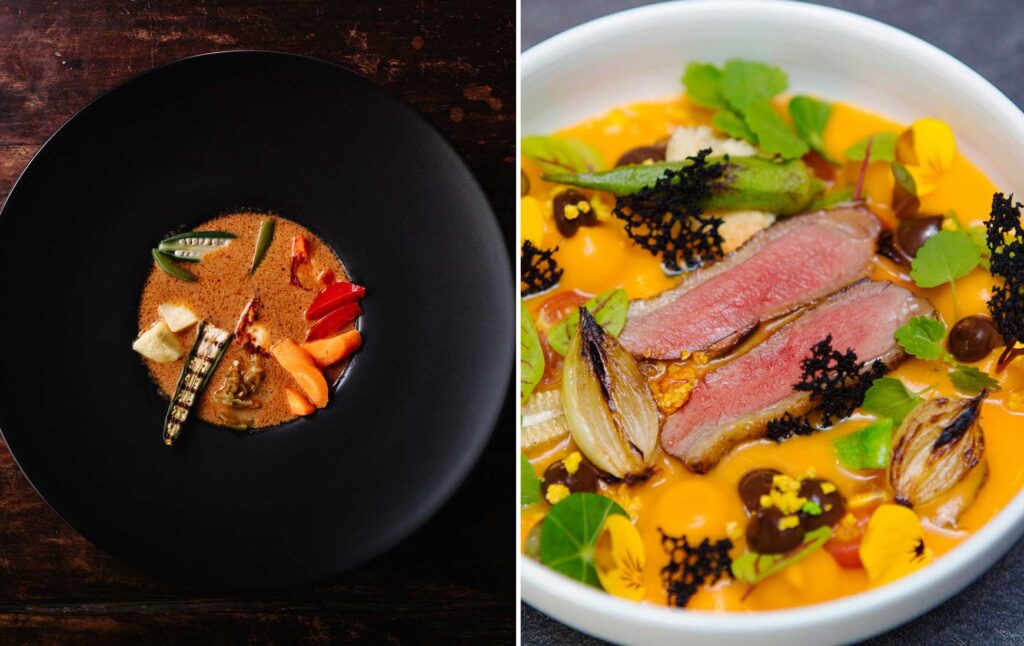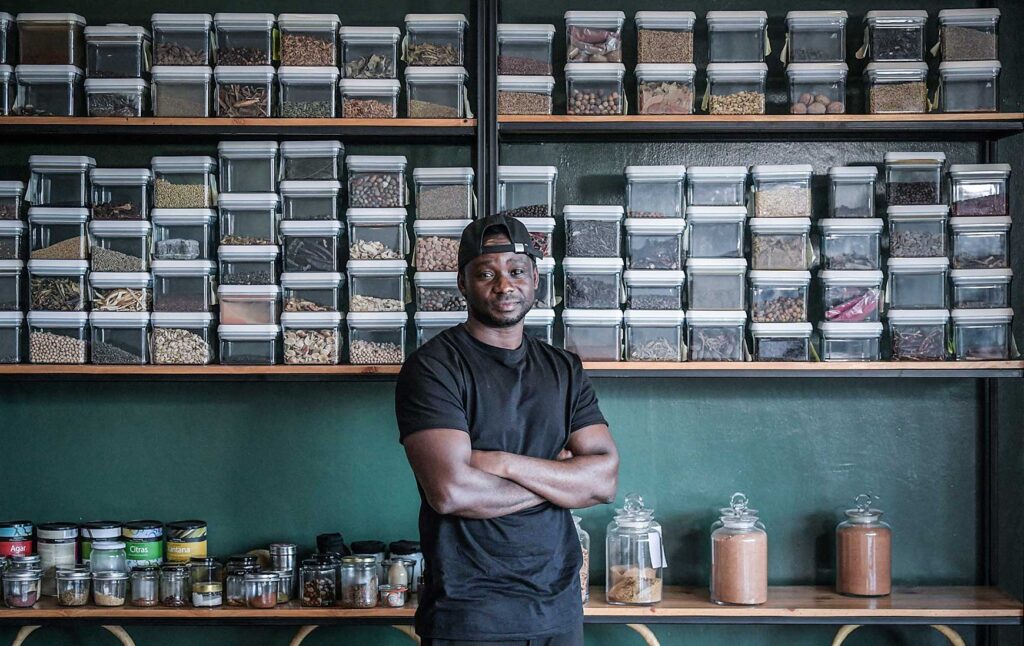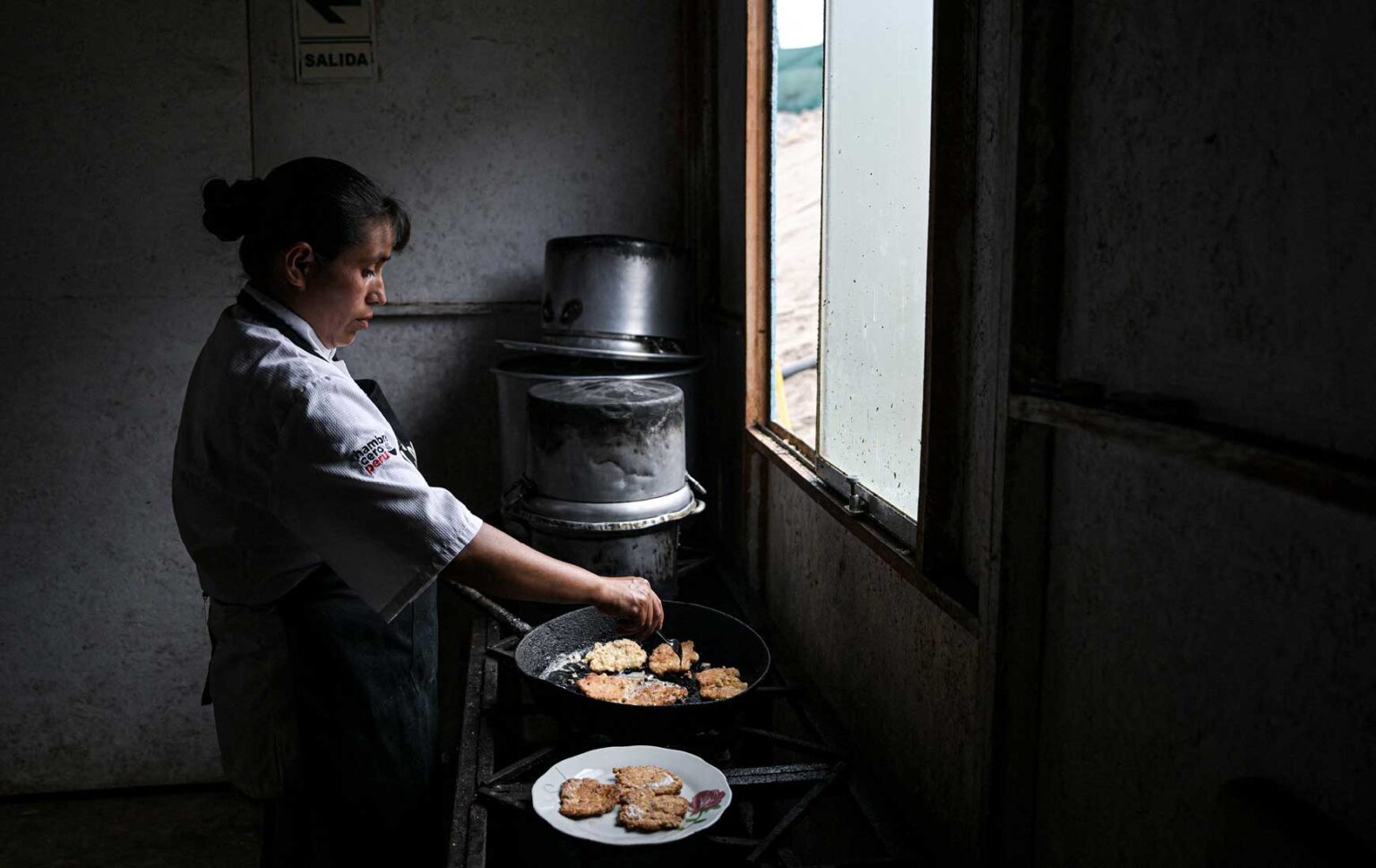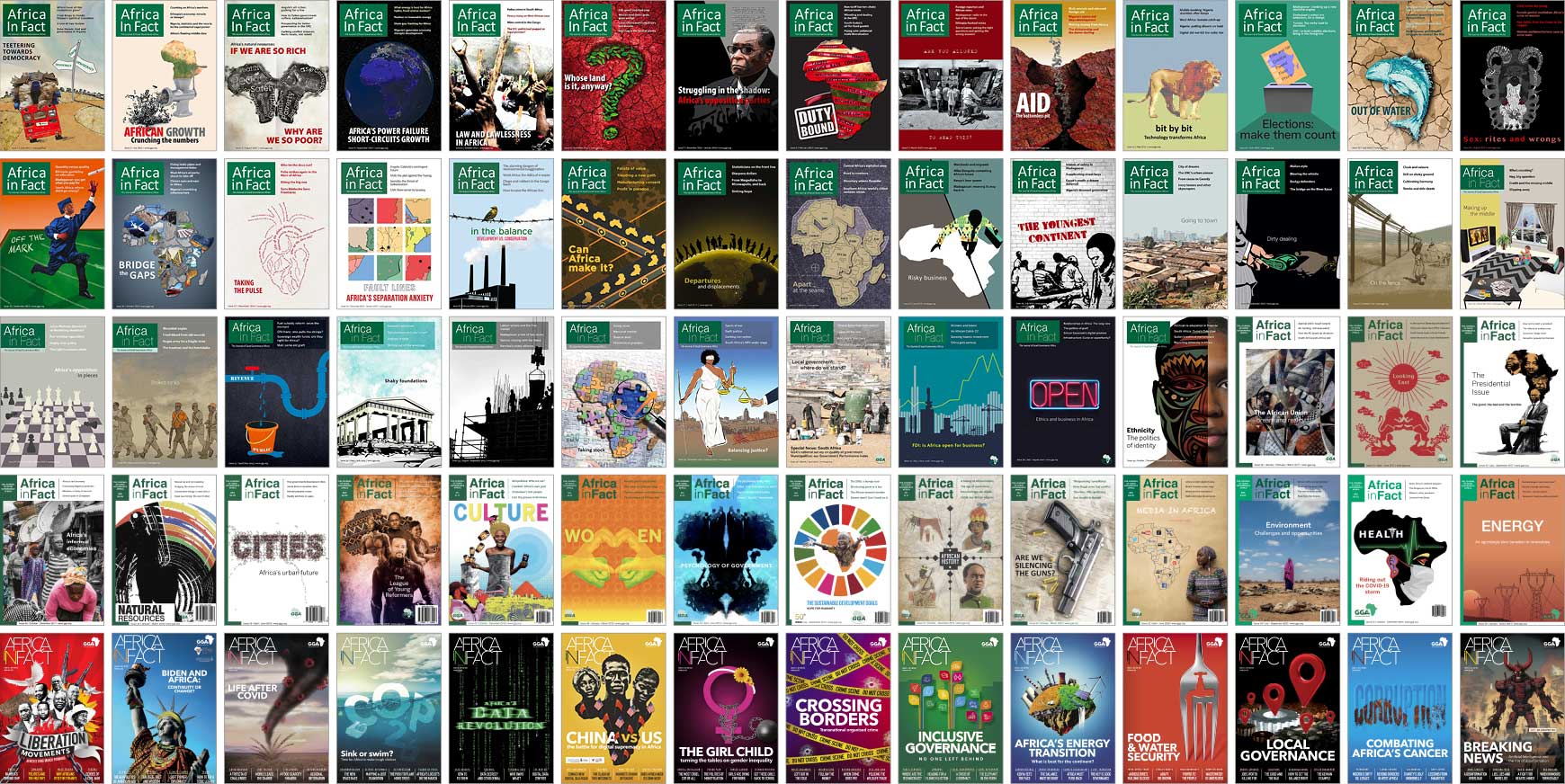Is it innately immoral to pay top dollar for a magnificent meal in an elegant eatery on a continent where an estimated 868 million people experience moderate to severe food insecurity? Or can certain sorts of modernist, hyper-local, New African Cuisine be a source of cultural, economic and environmental empowerment?
Before assessing our own culinary context, let’s look at how South American cities harnessed the epicurean energy of Novo-Andean (New Andean) Cuisine.
As an artistic endeavour, New Andean has been wildly successful. Innovative restaurant reconfigurations of ancient flavours have won many international awards. And Eurocentric assumptions (about which ingredients, flavours, cooking styles and cooks are “worthy” of premium status) have been overturned.
The economic impact has been intense and immense. Undervalued heritage crops have been brought back, creating commercial opportunities for previously excluded keepers of indigenous farming and food knowledge. Gastronomic hubs have grown in cities across South America, diversifying economies away from extractive industries, reducing income inequality, growing local production supply chain SMEs, increasing employment and expanding education opportunities.
This kind of success doesn’t just happen. It is the result of intentional partnerships between government and the private sector. Where once travellers dismissed Lima, the capital of Peru, as a kidnapping hotspot and transit point on the way to Machu Picchu, it is now seen as a fine dining destination. Employment growth in Lima’s restaurant and hotel sector accelerated during the 2000s and exceeded total employment growth (manufacturing and trade) during the 2010s.

In 2018, Lima saw 2.6 million international visitors. A survey of tourist motivations found that while 18% came for historic buildings, 52% came for cuisine. By 2019, 135,000 people in Lima (5% of the city’s economically active population) worked in the restaurant and hotel industry. Gastronomy’s share of GDP was 4.8%. It is any wonder that in the past 20 years, more than 80,000 Peruvian youth attended hundreds of culinary schools.
Almost all African cities now have restaurants and chefs espousing a similar food philosophy. Can New African chefs repeat the New Andean gastro-economic growth? While Africa has a lower GDP per capita both regions have poor populations and are highly dependent on extractive industries. Bolivia and Peru are ranked first and third poorest among South American countries with extreme inequality. So far, so similar, but while the lack of skilled staff initially challenged South Americans, the literature does not mention infrastructural issues.
African urban environments are more challenging. Selassie Atadika, Accra-based Chef-patronne of Midunu restaurant, says: “Running a food business here is incredibly difficult. Rents require two years’ payment upfront. To ensure operational continuity, I’ve had to purchase a generator for power, dig a borehole, and install a water filtration system because food safety is non-negotiable. These should be standard infrastructural provisions, yet small businesses are forced to shoulder the costs alone, making it nearly impossible for many Ghanaian chefs to open and sustain restaurants.”
Recent Michelin stars awarded to New African Cuisine chefs working in England and France indicate that our chefs and food can compete with the world’s best. London-based Nigerian chef at Chishuru, Adejoké Bakare, recently became the first African woman to win a Michelin star. She joins fellow Nigerian London Michelin chefs Ayo Adeyemi at Akoko and Ikoyi’s Iré Hassan-Odunkale. Paris-based Senegalese chef Mory Sacko and South African Jan-Hendrik van der Westhuizen of Restaurant Jan in Nice are similarly starred Africans overseas.

Modern African flavours are increasingly lauded abroad, but at home, they are sometimes treated with suspicion. Another chef who spoke to Africa in Fact, Refilwe Keabilwe of Rebel Cook Catering in Gaborone, Botswana, says: “People often feel what we are doing disrespects those who came before us, which is so unfair. We value tradition. We are respecting ancient ingredients by bringing them with us into the dynamic future. Most chefs are in cities, but our kitchens support small farmers and rural economies. We promote crops that have lost out in the industrial food scenario. We promote biodiversity. Our work is sensitive to climate change. It is difficult to think of anything more respectful and important than that!”
At Koizen in Kinshasa, Chef-patron Coco Reinarhz says: “I understand that the government has so many challenges and that so many people (chefs and ordinary citizens) are just busy surviving, but I do feel that we are missing opportunities. As a city, Kinshasa hosts many significant events. There is budget for those functions already allocated. I wish that whenever government gatherings or business meetings occurred, there was a commitment to using local cuisine. Every time they serve foreign food at an event, my heart breaks a bit.”
Cape Town has a strong gastronomic city brand supported by organisations such as Wesgro, the official tourism, trade and investment promotion agency for Cape Town, the Western Cape government, the Department of Tourism, Cape Town City Tourism, and the Federated Hospitality Association of South Africa. Still, restaurateur Absie Pantshwa, co-owner of The Edge, argues that New African innovators are often excluded. She says: “It is a never-ending struggle to put modern African cuisine on the map in Cape Town. Most of the time we can’t get either corporate or government to even acknowledge our existence. But to be fair, it is not just government officials who don’t value modern African cuisine. My partner Chef Vusi Ndlovu and I have sat in meetings where black potential investors have said to us, ‘Why not open an Italian or Thai place? Vusi has worked in the best local and international restaurants. His skills are superb. If he wanted to do that, he would, but we are trying to make a real cultural difference, not just churning out the same old. Cape Town is a great African city. It deserves restaurants that reflect where it is and what it is.”

In Johannesburg, a prominent chef (who wished to remain anonymous) observed that: “If you look at government’s gastronomy tourism framework, it talks about showcasing heritage, cultural, geographic and agricultural diversity, but there is no strategy for cities aspiring to combine heritage and modernity. The document has no room for chefs to create the future. No room for innovation. We are just stuck. It is so shortsighted – why don’t they recognise that we can respect our heritage while making space for new expressions of it?”
Sophie Kabano, curator of the Rwandan Culinary Art and Gastronomy Initiative and the Kigali Triennial, has had more encouraging experiences. She says: “For decades, after the genocide, our focus was on the essentials – rebuilding roads, homes, schools, hospitals and human lives. But now, there’s a vibrant energy in Rwanda, particularly in Kigali, as we shift towards embracing and expanding our artistic industries.
“Tourism has always been recognised as a key economic driver for Rwanda. We initially drew visitors with our magnificent gorillas and natural beauty, but as they passed through Kigali, they began to tell us, ‘Your city is clean, it’s safe, and your people are wonderful. But we crave more – arts, culture.’ That feedback was invaluable. The Ministry of Arts rallied us at the Rwandan Arts Initiative (RAI) and said, ‘Rwanda is ready. Make Kigali a vibrant, artistically driven city.’
“It was a powerful moment, knowing the government backed us with a ‘dream big’ philosophy. As the city’s cultural scene broadened, culinary arts emerged as an integral component.”
We have seen that prizes were significant drivers of food tourism. South American city strategists have assiduously courted those with the power to influence international awards. Tamsin Snyman from The World’s 50 Best Restaurants – the Oscars of eateries – laments Africa’s failure to play such gourmet games. “What African national governments, cities, tourism authorities, restaurant businesses, and chefs need to understand,” she says, “is that the World’s 50 Best Restaurants have the power to turn around cities, countries, and continents. This has been demonstrated time and time again. Which is why showing off Africa’s best restaurants to the right audience with the right reach is so important.”
Those tasked with South American city branding use their place-specific perfect plates to signal a broader commitment to safeguarding unique ecological and cultural conditions while also embracing dynamic, creative, super-stylish modernity. They leverage their chefs and restaurants for influence and economic growth. Africa has plenty of talent, biodiversity, heritage, creativity and fabulous flavours. And yet most metropoles do not provide an enabling environment, and until they do, the rest of the world will continue to capitalise on our flavours while African cities struggle.



